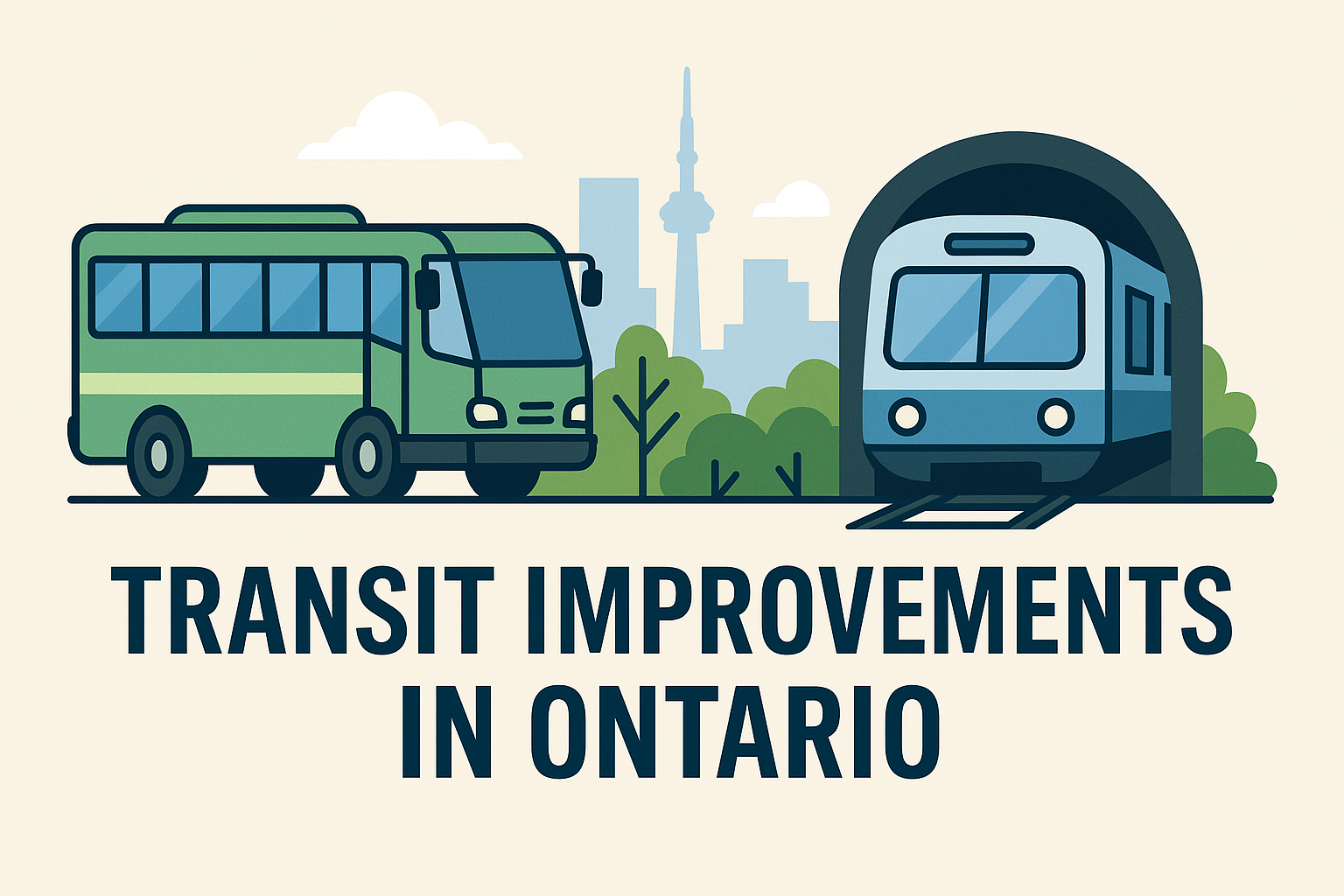Ontario announced more than $128 million to renew Niagara Transit’s fleet, including replacing old buses, adding paratransit vehicles, and installing safety cameras and real-time tracking. In Toronto, construction advanced on the Ontario Line with a new tunnel launch shaft along Pape Avenue. Both announcements reflect investments in public transit, but the Ontario Centrist Party sees gaps that must be addressed.
Transit funding in Ontario too often comes late and lands unevenly. Riders endure years of unreliable service before upgrades are delivered. In Niagara, residents have long complained of aging buses breaking down or routes being cut when demand was highest. In Toronto, whole neighbourhoods remain poorly served by subway access, forcing longer commutes and heavier reliance on cars. These new projects are welcome, but they illustrate a pattern: government acts only after frustration has built for years.
For people, this is not about engineering or contracts. It is about missed work because the bus didn’t come, or a parent standing in the cold with children waiting for a vehicle that broke down. It is about students in neighbourhoods without a subway stop spending hours of their week in traffic. Every one of these details affects cost of living, stress, and quality of life.
The Ontario Centrist Party believes transit must be planned around people first, not political cycles. That means directing new investment to the communities with the poorest service, not just the easiest projects to deliver. It also means supporting residents during construction, whether with shuttle routes, clear information, or financial help for businesses disrupted by road closures.
When Ontarians see their tax dollars at work, they deserve to see the benefit quickly and fairly. Transit should reduce stress, not create it. Our commitment is to press for practical, region-by-region planning that measures success by riders’ daily lives, not ribbon-cuttings. Let’s get to work.


